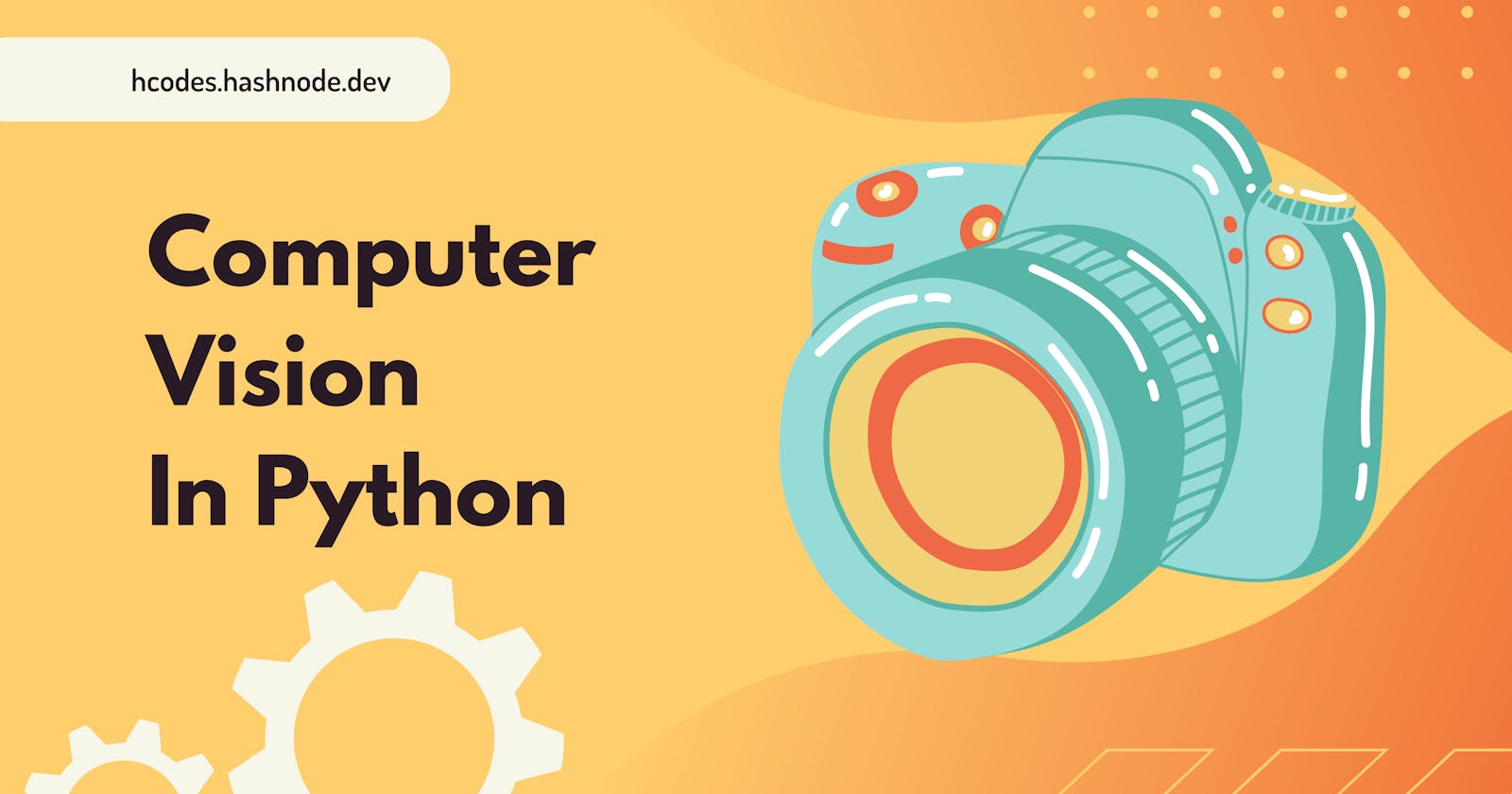Discover the Power of Computer Vision: An Introduction to OpenCV
Unleashing the Power of Computer Vision: A Comprehensive Introduction to OpenCV
What is open-cv and what it is used for?
OpenCV is an open-source computer vision and machine learning library used for real-time image processing, object detection and tracking, facial recognition, robotics and much more, making it a powerful tool for diverse industries ranging from autonomous vehicles to security systems.
Some of the main applications of OpenCV are:
Object Detection: OpenCV detects objects in images and videos with advanced algorithms, used in autonomous vehicles, object tracking, and security systems.
Image and Video Processing: OpenCV provides functions for real-time image and video processing, including filtering, thresholding, transformation, and more.
Machine Learning: OpenCV includes built-in support for machine learning, with tools like clustering, classification, and regression. It's used for applications like sentiment analysis and image recognition.
Getting started with OpenCV
pip install opencv-python
Make sure that Python is installed on your computer system.
You can download python from here https://www.python.org/downloads/
Computer Vision Concepts That We're Going to Learn
Reading and displaying images and videos using OpenCV
Basic image processing techniques such as image smoothing, resizing, and cropping
Thresholding and filtering to segment images and identify regions of interest
Edge detection techniques to identify edges and contours in images
Feature detection and extraction, including blob detection and corner detection
Object detection using techniques such as Haar cascades and HOG (Histogram of Oriented Gradients)
Face detection and recognition using OpenCV's pre-trained models
Image segmentation for separating objects from their background
Reading Images And Videos in Open-CV
#1 Reading Images using open-cv
import cv2
# Read image
img = cv2.imread('your_image_location.jpg')
# Display image
cv2.imshow('Image', img)
cv2.waitKey(0)
cv2.destroyAllWindows()
In this code, we first import the OpenCV library using import cv2. Then, we read an image file named your_image_location.jpg using the cv2.imread() function and store the image data in the img variable.
Finally, we display the image using the cv2.imshow() function, which takes two arguments - the name of the window to display the image in, and the image data. We then wait for a key press using cv2.waitKey(0) and destroy the window using cv2.destroyAllWindows(). This code will open a window displaying the image when run.
#2 Reading Video using open-cv
import cv2
# Open video file
cap = cv2.VideoCapture('your_video.mp4')
# Loop through video frames
while(cap.isOpened()):
# Read frame
ret, frame = cap.read()
if ret == True:
# Display frame
cv2.imshow('Frame', frame)
# Exit on 'q' key press
if cv2.waitKey(25) & 0xFF == ord('q'):
break
else:
break
# Release resources
cap.release()
cv2.destroyAllWindows()
In this code, we first import the OpenCV library using import cv2. Then, we open a video file named your_video.mp4 using the cv2.VideoCapture() function and store it in the cap variable.
Next, we loop through the video frames using a while loop. Inside the loop, we use the cap.read() function to read each frame of the video and store it in the frame variable. We then display the frame using the cv2.imshow() function. This ret indicates whether the frame was successfully read or not. If the frame was successfully read, ret will be True. If there was an error or the end of the video was reached, ret will be False.
To exit the video, we wait for a key press using cv2.waitKey(25) and exit the loop if the 'q' key is pressed. Finally, we release the resources using cap.release() and destroy the window using cv2.destroyAllWindows(). This code will open a window displaying the video when run.
In conclusion, OpenCV is an incredibly powerful tool for real-time image processing, object detection, and more. With Python and OpenCV, you can accomplish a wide range of computer vision tasks, from simple image reading and processing to complex facial recognition and autonomous vehicle navigation. By learning the essential concepts of OpenCV, you'll be well on your way to becoming a proficient computer vision programmer. So, happy coding and thank you for reading!
Catch me up on my socials: https://bento.me/harshitpy and I will meet you in the next one 👋
Thank you so much for reading 💖
You can support me here BuyMeACoffee
